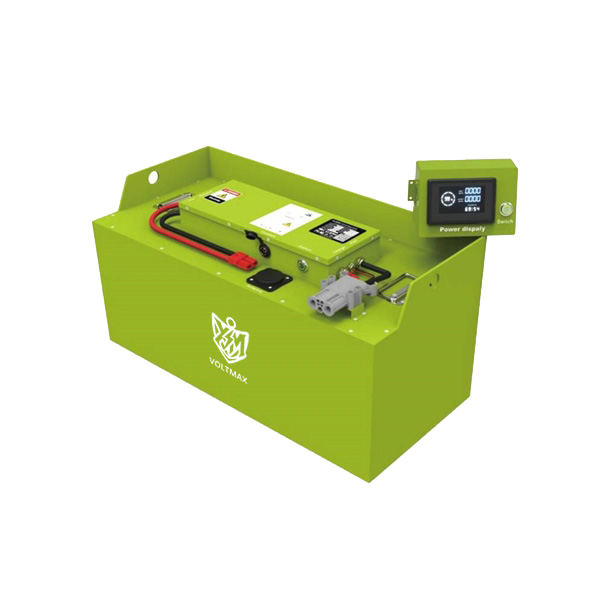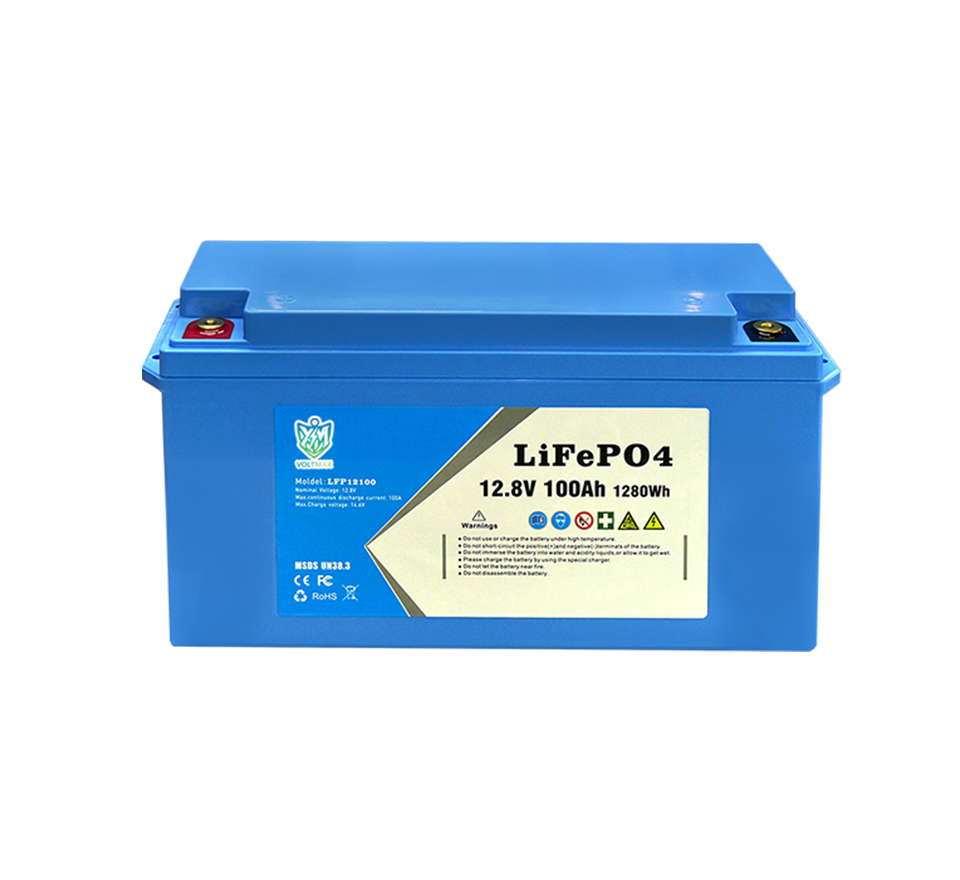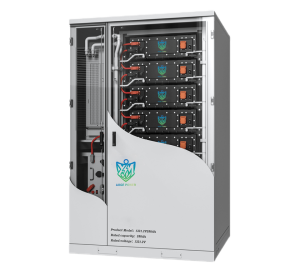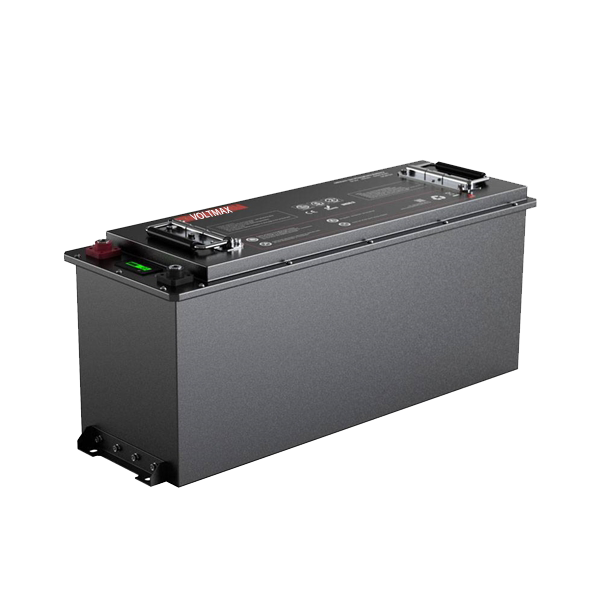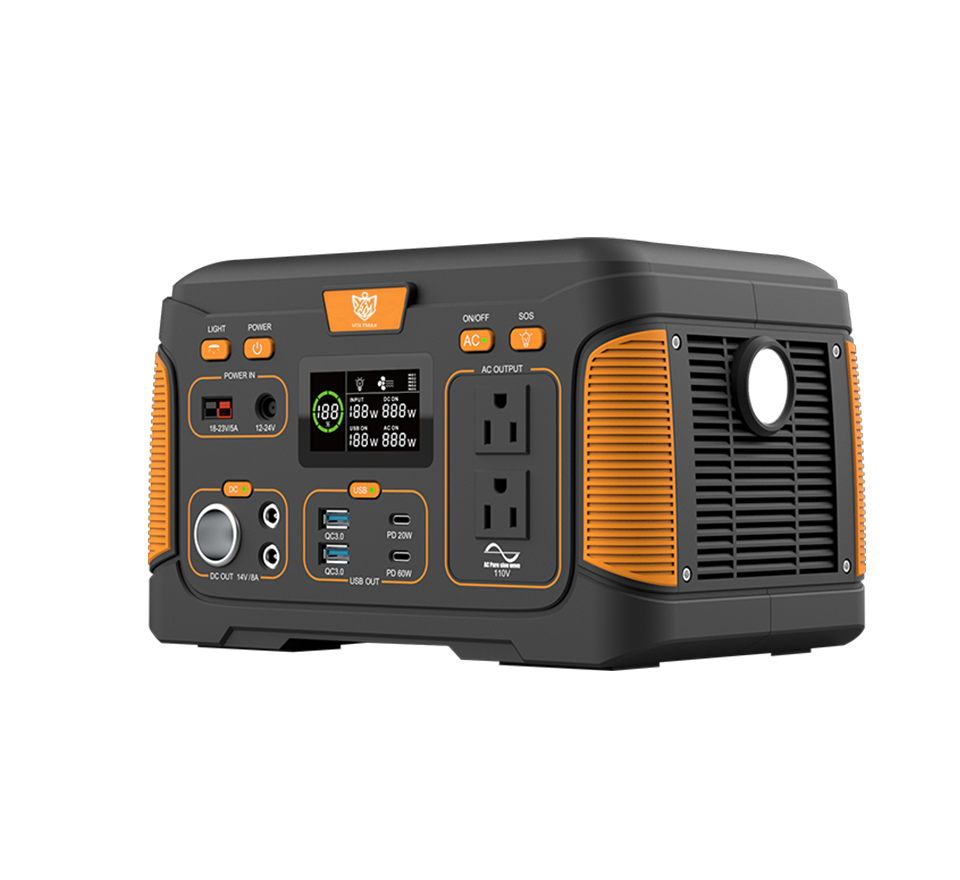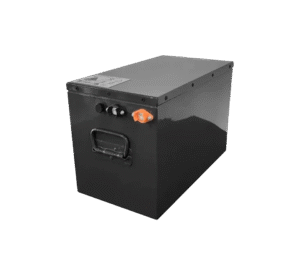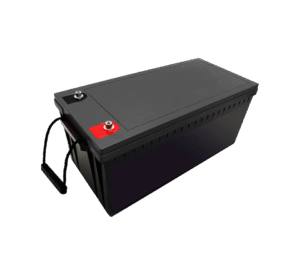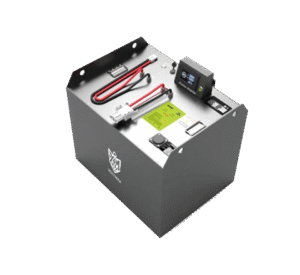Maintaining golf cart batteries is of paramount importance as it directly relates to the performance, longevity, and reliability of the vehicle. Among the various types of batteries utilized in golf carts, 12v AGM Batteries, 12V lead acid batteries, and 24V AGM Batteries stand out as common choices. By adhering to proper maintenance procedures, golf cart owners can not only extend the lifespan of their batteries but also reduce the need for frequent and costly replacements.
For deep – cycle lead acid batteries, like the 12V lead acid battery, charging immediately after each use is crucial. These batteries are prone to sulfation if left in a partially charged state for extended periods. Sulfation occurs when lead sulfate crystals form on the battery plates, reducing the battery’s ability to hold a charge. To avoid this, always charge the 36V lead acid battery to its full capacity. When charging, ensure the area is well – ventilated, as these batteries release hydrogen gas during the charging process, which can be explosive in enclosed spaces. Regularly check the voltage settings; a fully charged 12V lead acid battery should typically have a voltage reading between 12.6 – 12.8V. Additionally, monitor the water level in the battery cells. The electrolyte in these batteries consists of sulfuric acid and water, and over time, the water evaporates. Use only distilled water to top up the cells, as tap water contains impurities that can react with the battery’s components and shorten i
Lithium – ion batteries also require charging after every use. Follow the manufacturer’s instructions meticulously, as lithium – ion batteries are sensitive to overcharging and undercharging. Overcharging can lead to overheating and potential fire hazards, while undercharging can reduce the overall capacity of the battery.
12V AGM Batteries and 6V AGM Batteries, being sealed valve – regulated lead – acid (VRLA) batteries, have different charging requirements compared to traditional 12V lead acid batteries. They do not require water top – ups as their electrolyte is absorbed in a fiberglass mat. However, it is still essential to charge them according to the manufacturer’s guidelines. A fully charged 12V AGM Battery usually has a voltage reading around 12.8 – 13.2V, while a 6V AGM Battery should read approximately 6.4 – 6.6V when fully charged. Always turn off the golf cart while charging any type of battery to prevent electrical surges and ensure safe charging.
Cleaning and Regular Checks
After each use, regardless of the battery type, it is essential to fully charge the battery. Keeping the batteries clean is another critical aspect of maintenance. For 12V lead acid batteries, dirt and debris can accumulate around the terminals, leading to corrosion. Corrosion at the terminals increases resistance, which can cause voltage drops and reduced performance. Regularly clean the terminals with a mixture of baking soda and water. Make a paste by mixing about one tablespoon of baking soda with a small amount of water and use a wire brush to gently scrub the terminals. Rinse thoroughly with water and dry to prevent further corrosion.
For 12V AGM Batteries and 6V AGM Batteries, although they are less likely to experience electrolyte leakage due to their sealed design, keeping them clean is still important. Dust and debris can trap heat, which may affect the battery’s performance over time. Wipe down the battery cases regularly to ensure proper heat dissipation.
Usage and Storage
Regular use of the battery helps prevent self – discharge. If the golf cart is not going to be used for an extended period, proper storage is necessary. For 12V lead acid batteries, fully charge the battery before storage. A trickle charger can be used to maintain the charge during storage. Store the battery in a cool, dry place away from direct sunlight and extreme temperatures. High temperatures can accelerate the self – discharge rate, while freezing temperatures can damage the battery cells.
12V AGM Batteries and 6V AGM Batteries also benefit from being fully charged before storage. They should be stored in a location with a stable temperature, preferably between 50 – 77°F (10 – 25°C). Avoid storing them in areas with high humidity, as this can cause corrosion on the external components.
Monitor the batteries for any signs of deterioration. In 12V lead acid batteries, look for bulging cases, which may indicate internal pressure build – up due to overcharging or a faulty cell. Leaking electrolyte is another sign of a failing battery. For 12V AGM Batteries and 24V AGM Batteries, a significant decrease in performance, such as a shorter running time or a sudden drop in voltage, may suggest a problem. If any of these signs are observed, it may be time to consider replacing the battery.
Voltage Readings: A Key Indicator
Low or uneven voltage readings are clear signs of underlying issues that demand immediate attention. These readings directly impact the performance and power supply of the golf cart. Monitoring voltage levels is a fundamental part of optimizing battery function and extending its lifespan.
Low Voltage
A low voltage reading indicates that the battery may be undercharged. In the case of a 12V lead acid battery, a reading below 12.4V when it should be around 12.6 – 12.8V when fully charged is a cause for concern. This undercharging can lead to reduced performance, such as slower acceleration and a shorter running time for the golf cart. For a 12V AGM Battery, a reading below 12.8V, which is the typical full – charge voltage range of 12.8 – 13.2V, may suggest that the battery has not been charged properly.
Uneven Voltage Readings
Uneven voltage readings in a battery bank, especially in setups with multiple 6V AGM Batteries connected in series to form a higher – voltage system, indicate an imbalance. For example, if one 6V AGM battery in a bank reads 5.8V while the others read 6.2V, it can disrupt the power distribution within the battery bank. This imbalance can cause some batteries to over – work while others under – work, leading to premature wear and reduced overall performance of the golf cart.
Potential Battery Issues
Low or uneven voltage readings in 12V lead acid batteries are often caused by sulfation. As mentioned earlier, when these batteries are not regularly fully charged, lead sulfate crystals form on the battery plates, reducing the battery’s charging capacity. In 12V AGM Batteries and 6V AGM Batteries, uneven voltage may be due to a manufacturing defect, a problem with the connection between batteries in a bank, or excessive self – discharge.
Evaluating Charging Methods
It is crucial to evaluate and adjust the charging methods if necessary. For 12V lead acid batteries, using the correct charging voltage and current intensity is vital. Overcharging can cause gassing (the release of hydrogen and oxygen gases), which leads to water loss and can damage the battery. Undercharging, as previously stated, can result in sulfation. For 12V AGM Batteries and 6V AGM Batteries, using a charger that is not compatible with their sealed design can cause overheating and potentially damage the battery. Always use a charger recommended by the manufacturer.
Regular Maintenance
Regular maintenance tasks, such as cleaning the terminals, tightening connections, and checking for corrosion, are essential for all battery types. In 12V lead acid batteries, corrosion at the terminals can significantly increase resistance, leading to voltage drops. In 12V AGM Batteries and 6V AGM Batteries, loose connections can also cause voltage irregularities. Tighten all connections regularly and use a torque wrench if possible to ensure the proper level of tightness.
Professional Inspection
If the voltage readings remain low or uneven despite following proper maintenance procedures, it is advisable to seek professional help. A professional can perform a comprehensive check of the battery or the electrical system of the golf cart. This may involve testing the individual cells of a battery bank, checking the charging system for any faults, or diagnosing any wiring problems. In the case of 12V AGM Batteries and 6V AGM Batteries, professionals can also use specialized equipment to check the internal resistance of the batteries, which can provide valuable insights into their health.
In conclusion, promptly addressing low or uneven voltage readings is key to preventing further damage to the batteries. Regular monitoring, proper maintenance, and correct charging practices are essential for achieving optimal battery performance and a long battery life. Whether you have a 12V AGM Battery, a 12V lead acid battery, or a 6V AGM Battery in your golf cart, taking good care of it will ensure a reliable power source for your golfing adventures.


